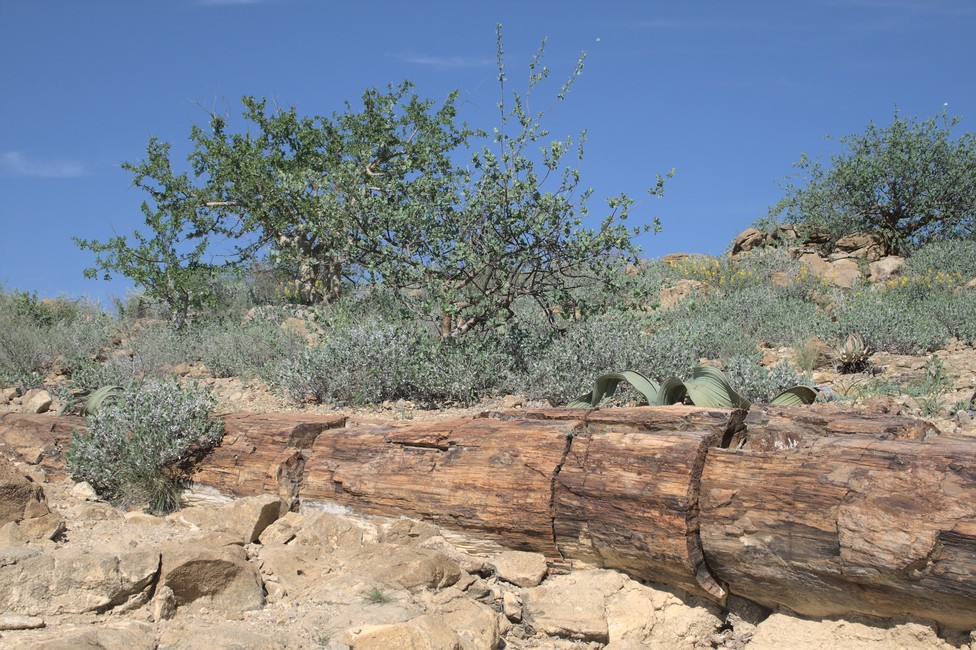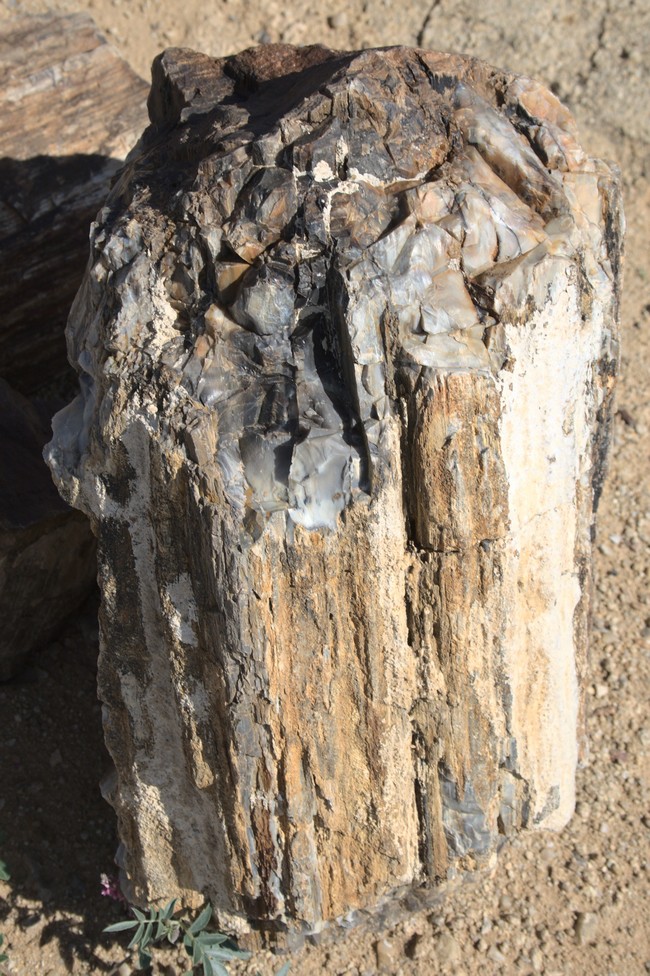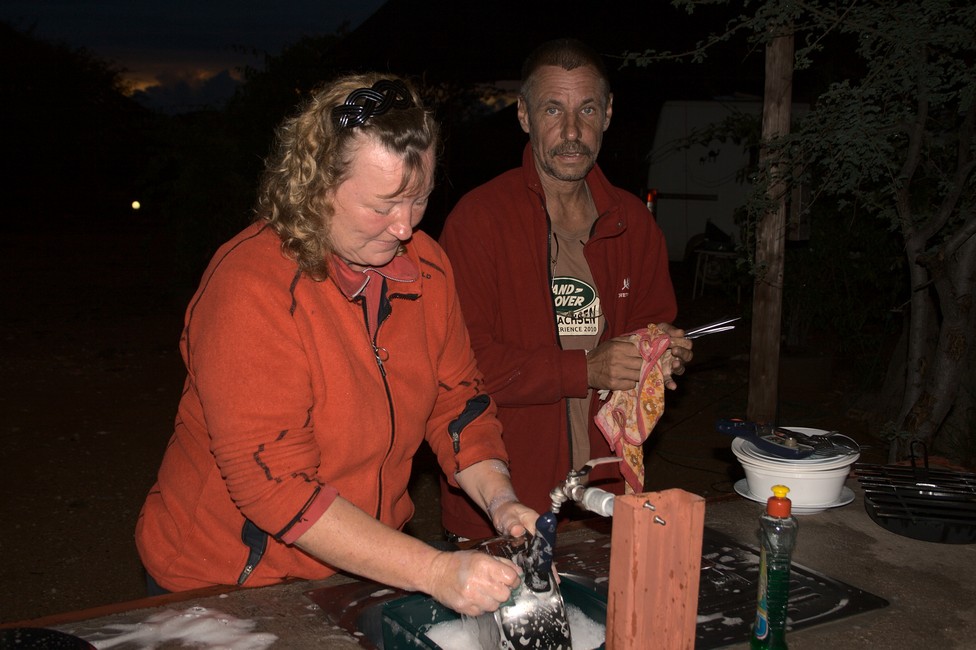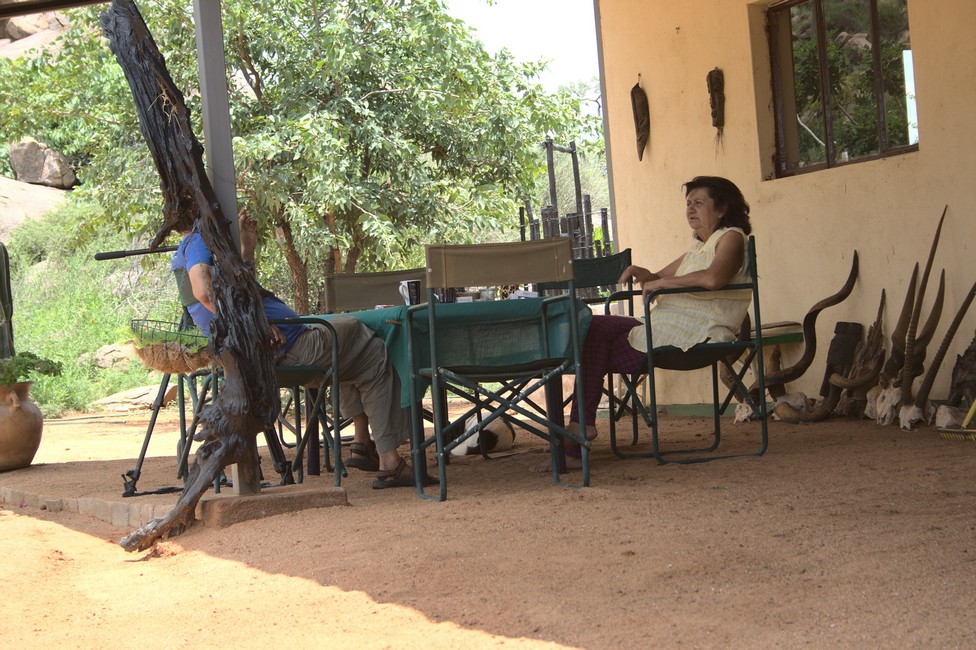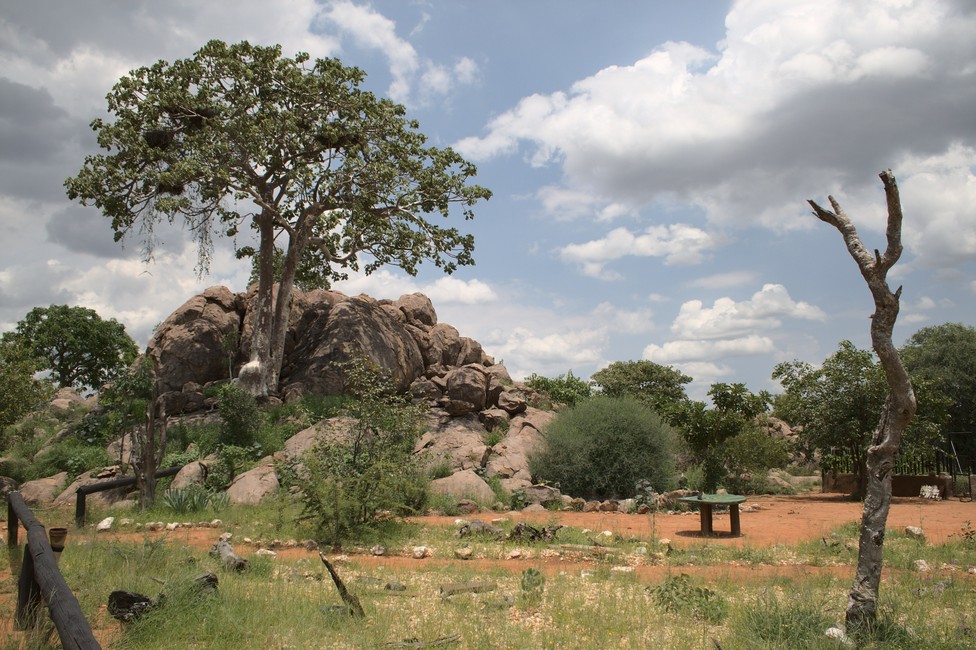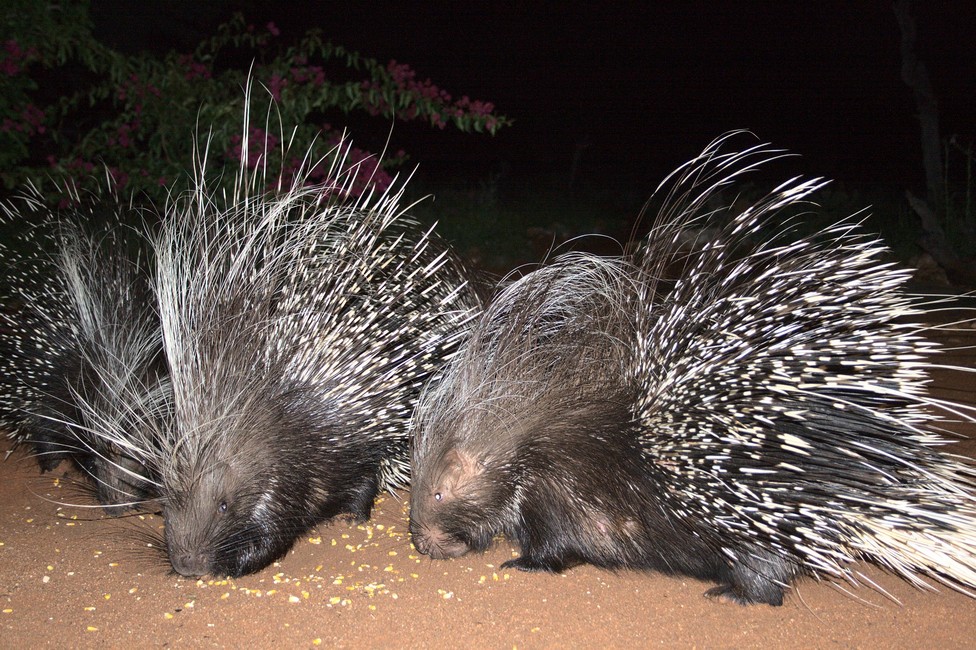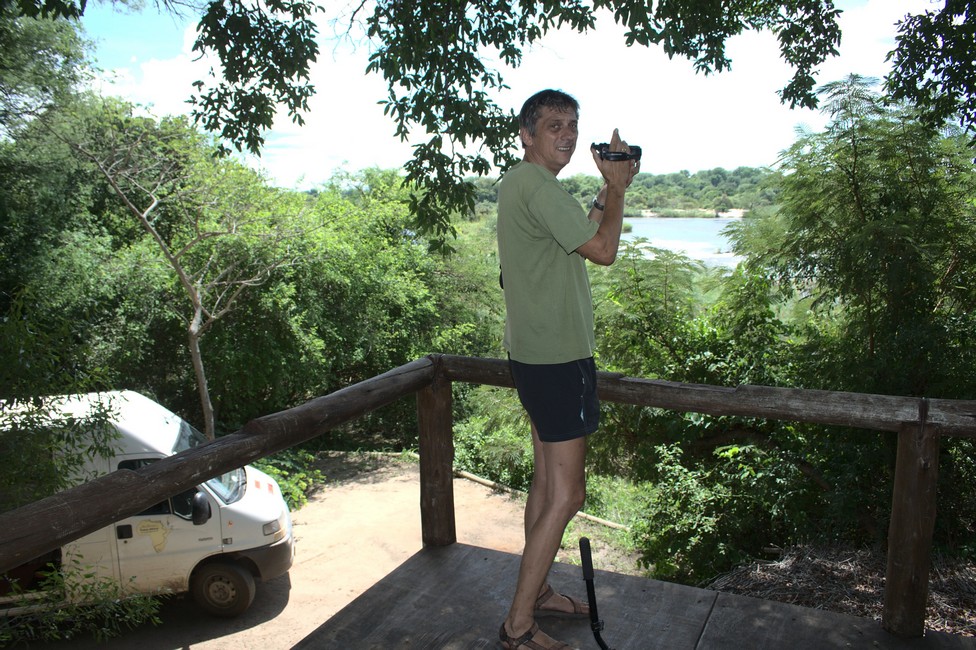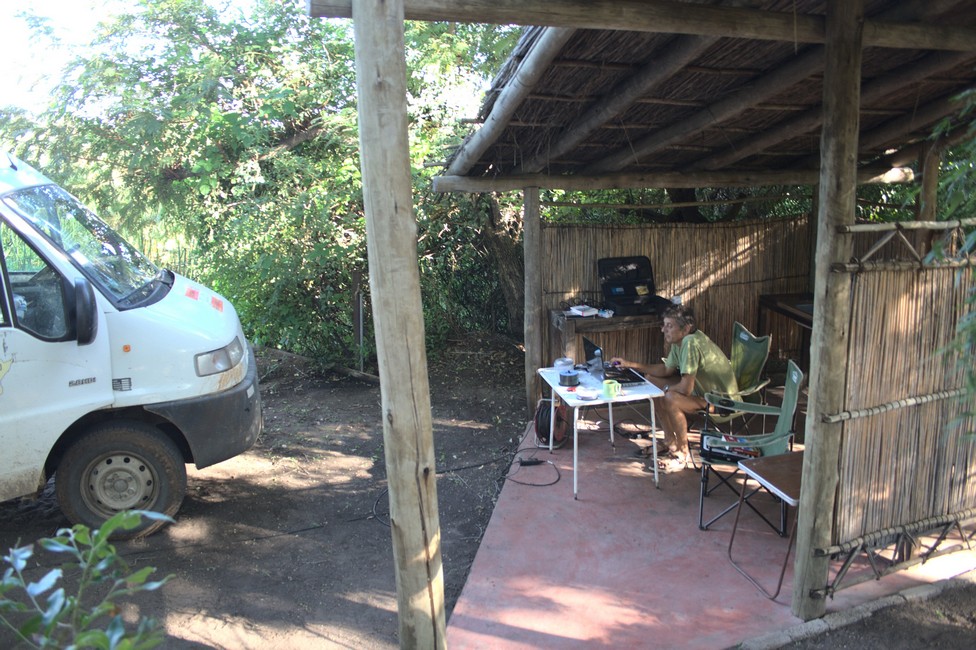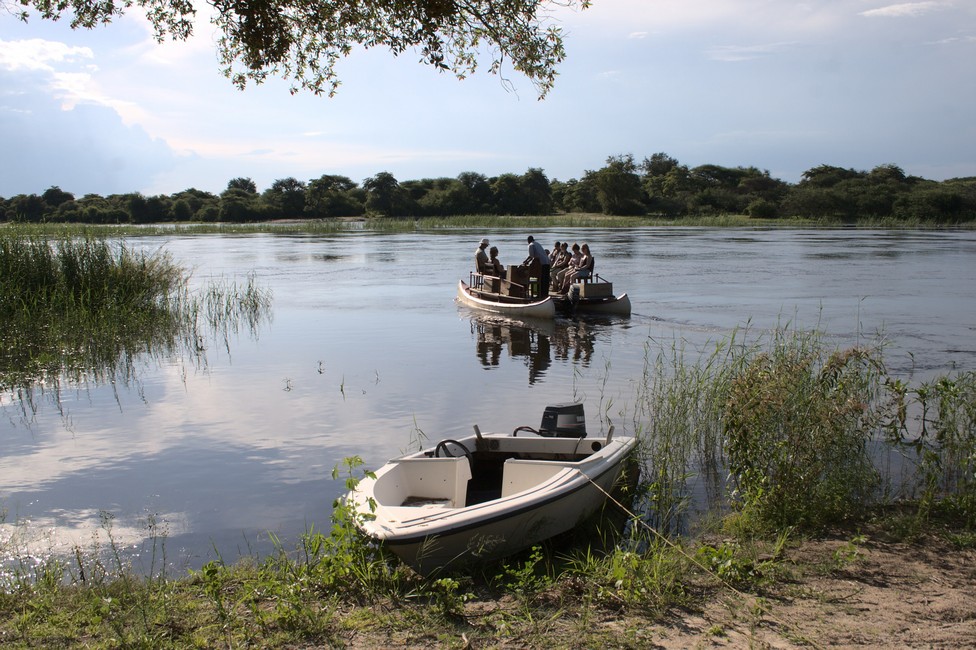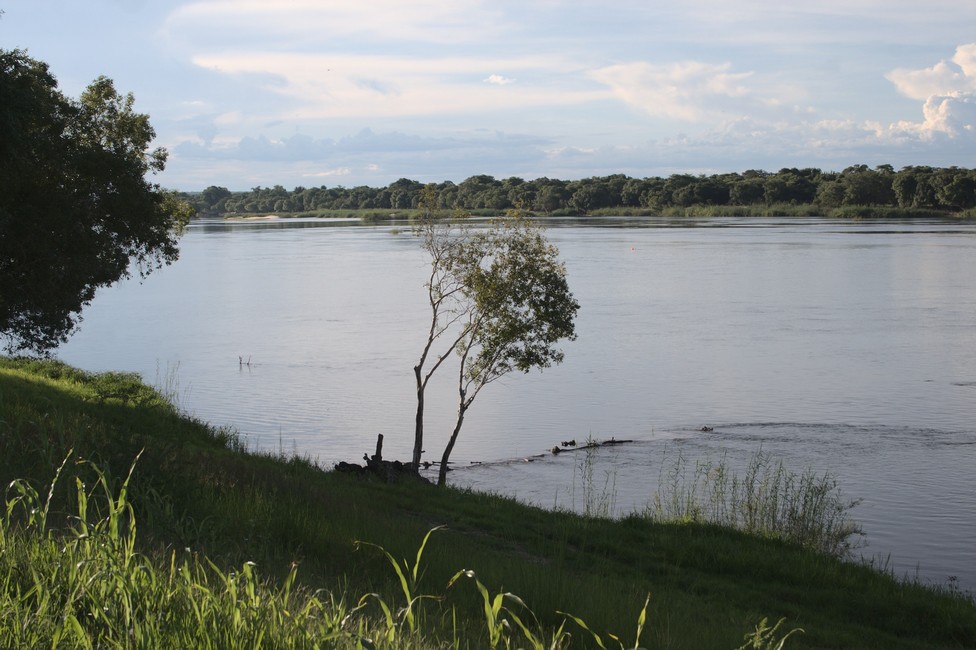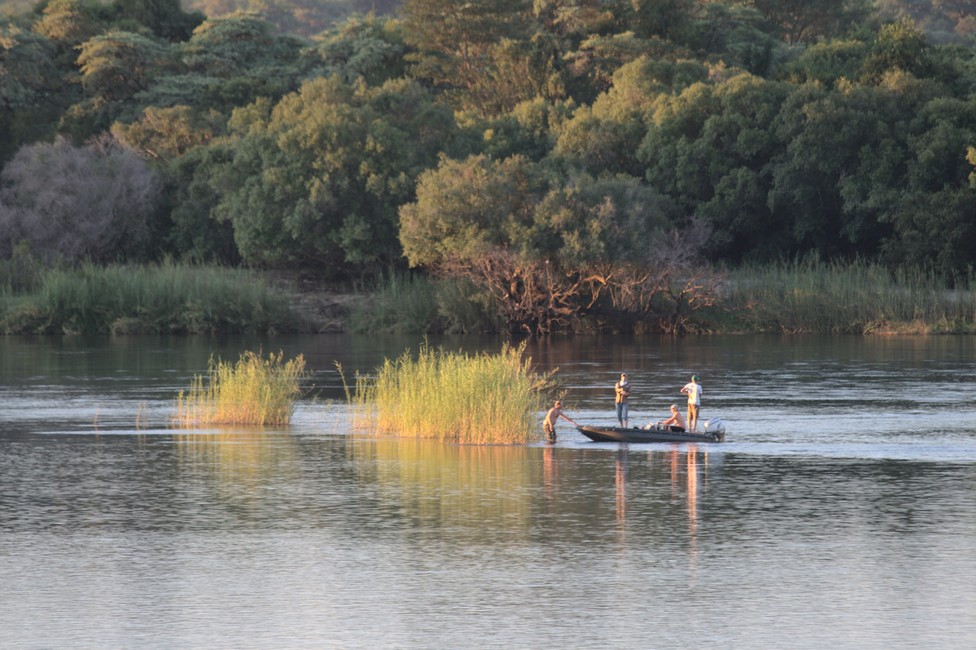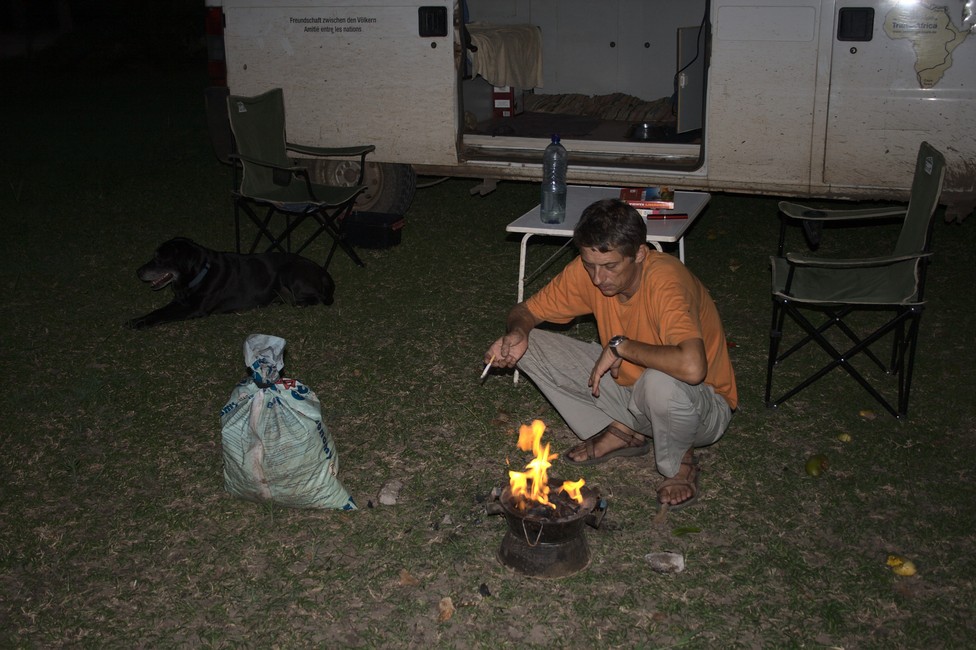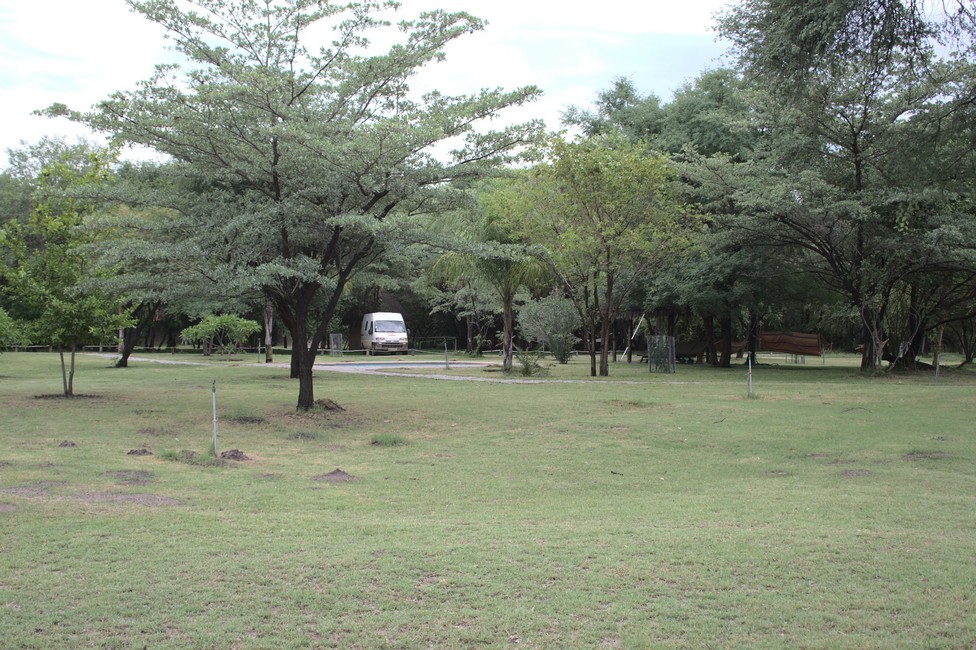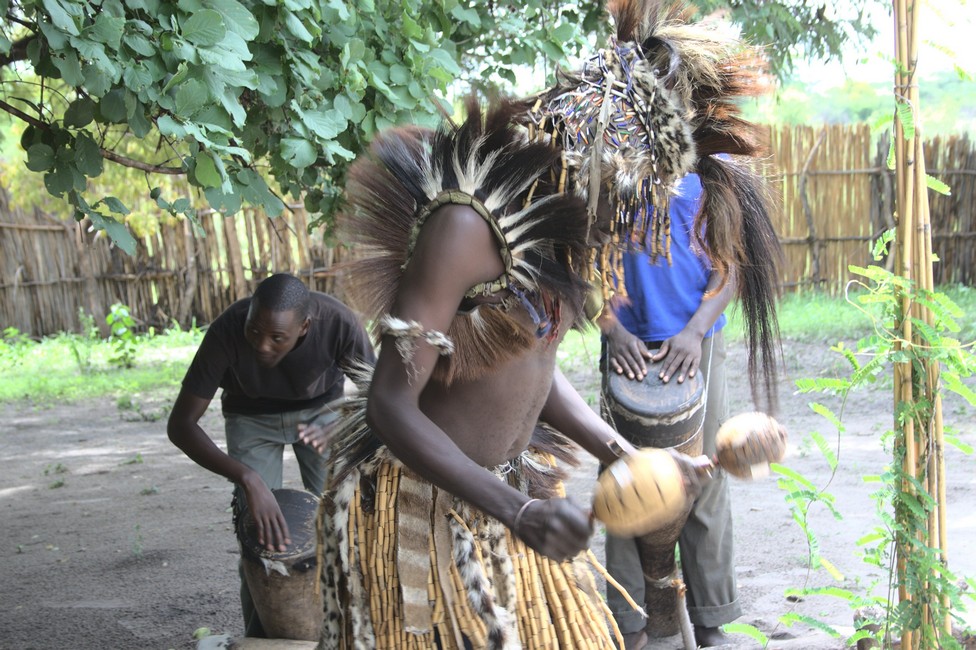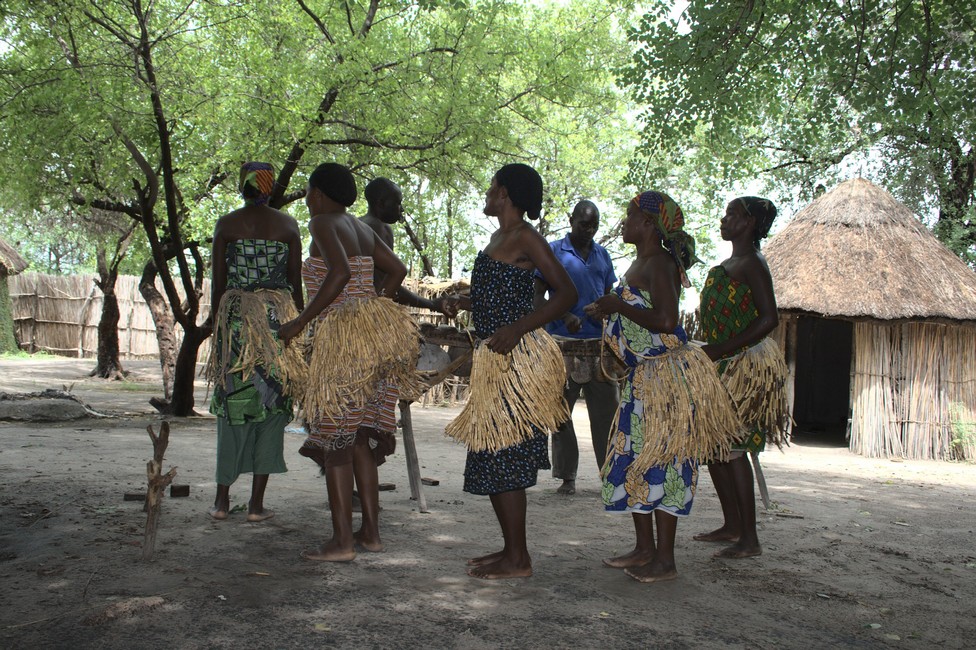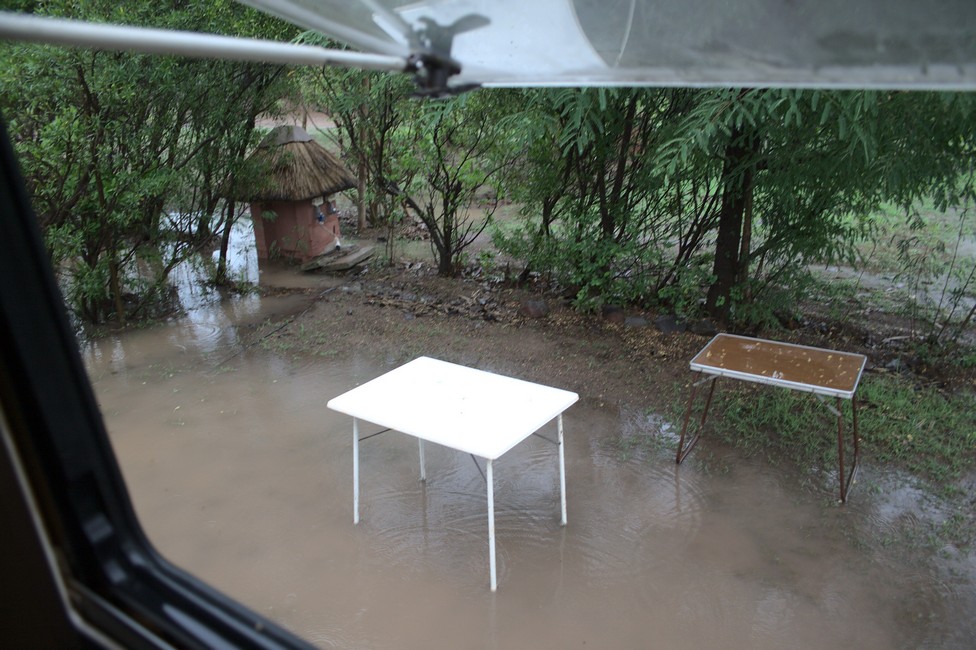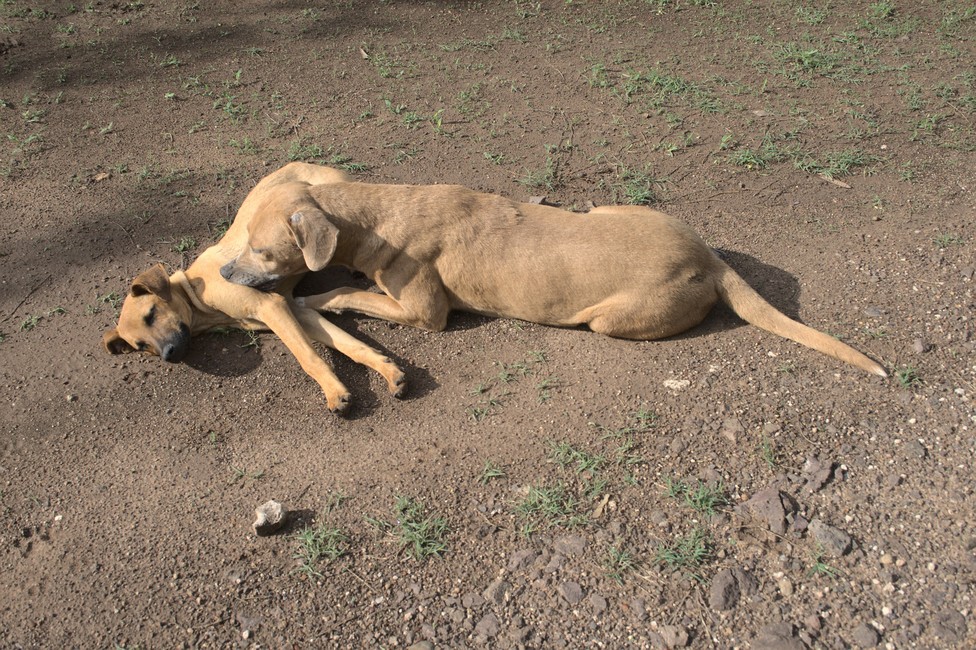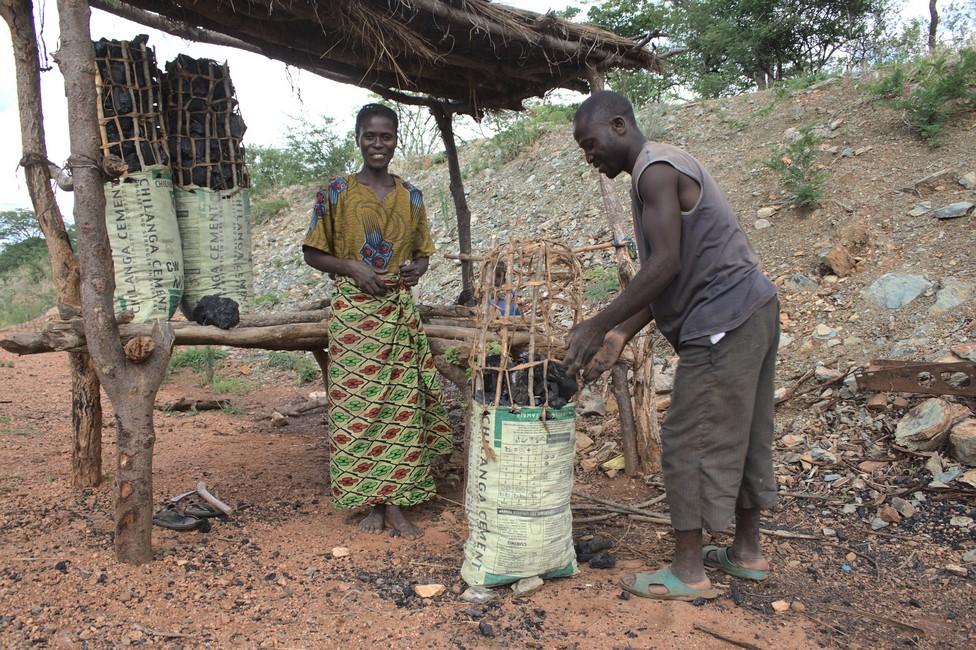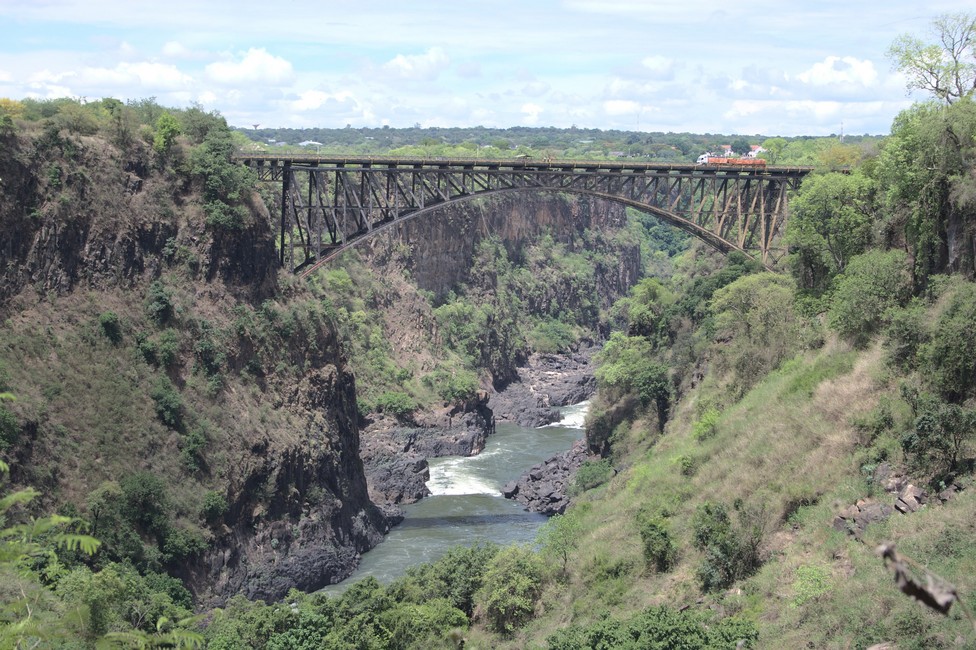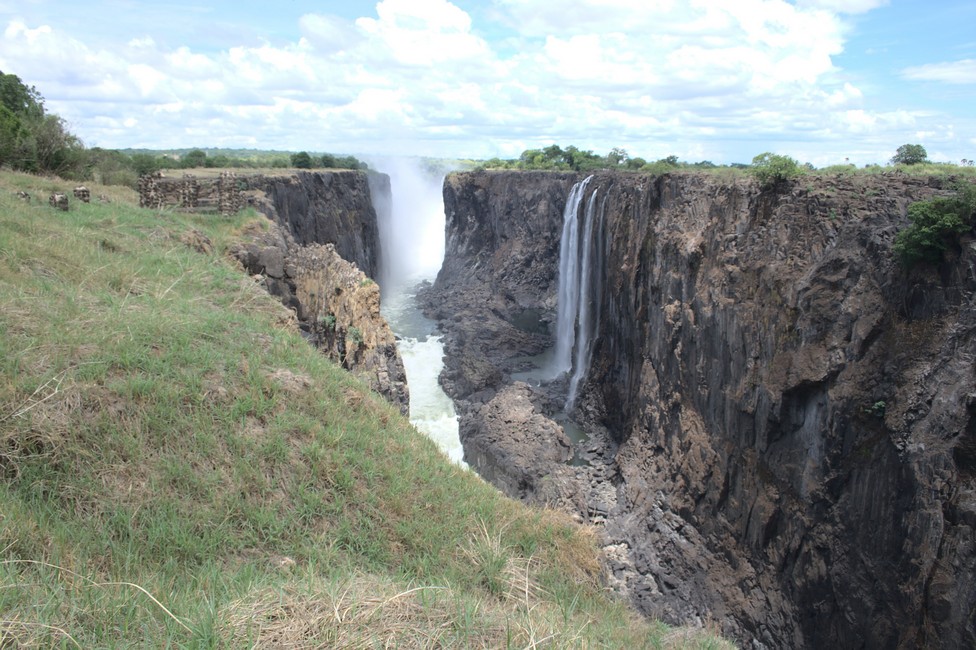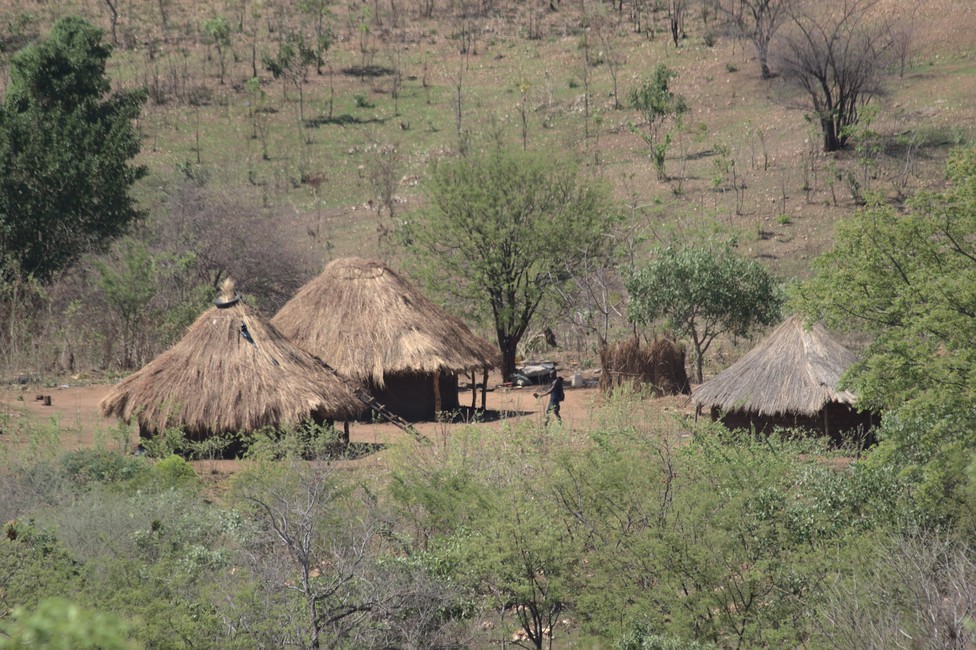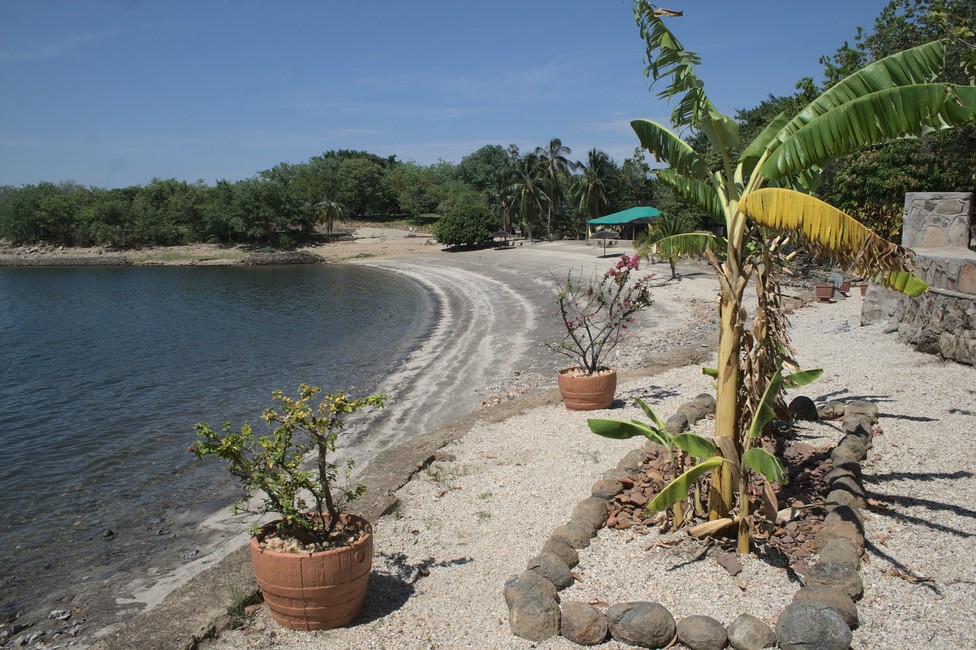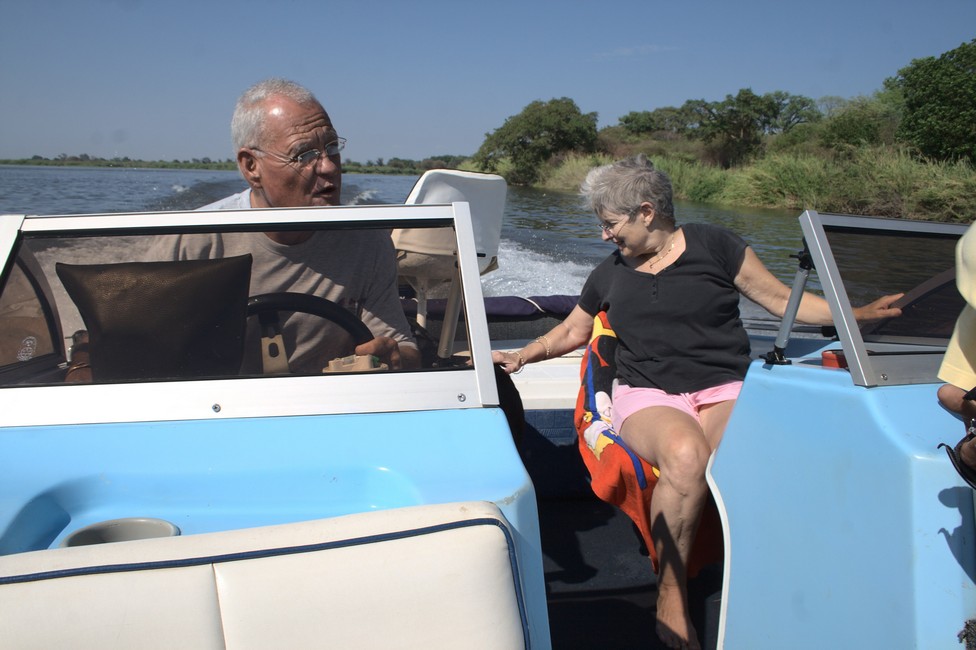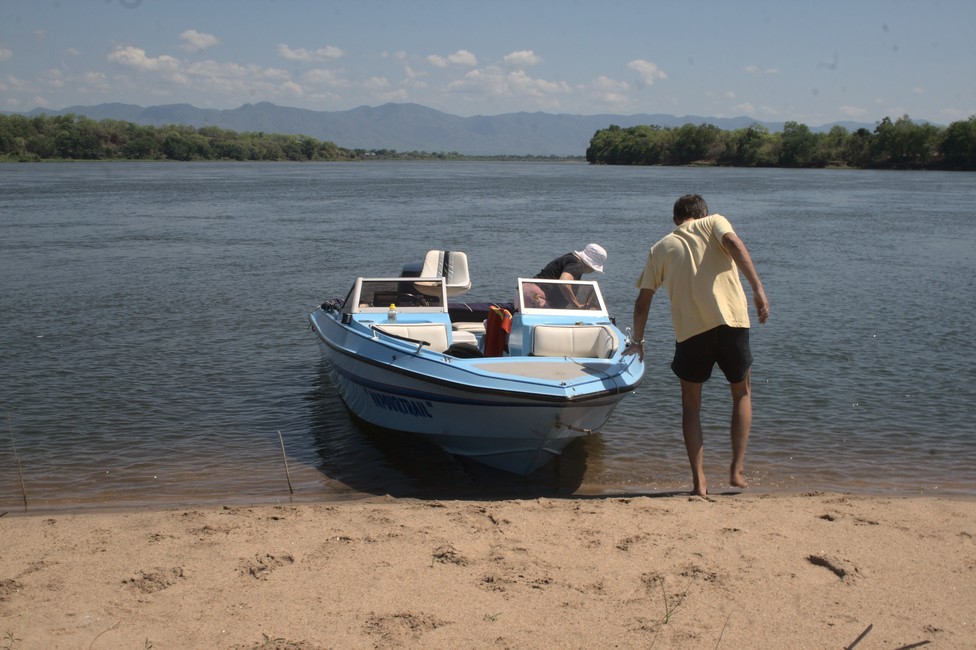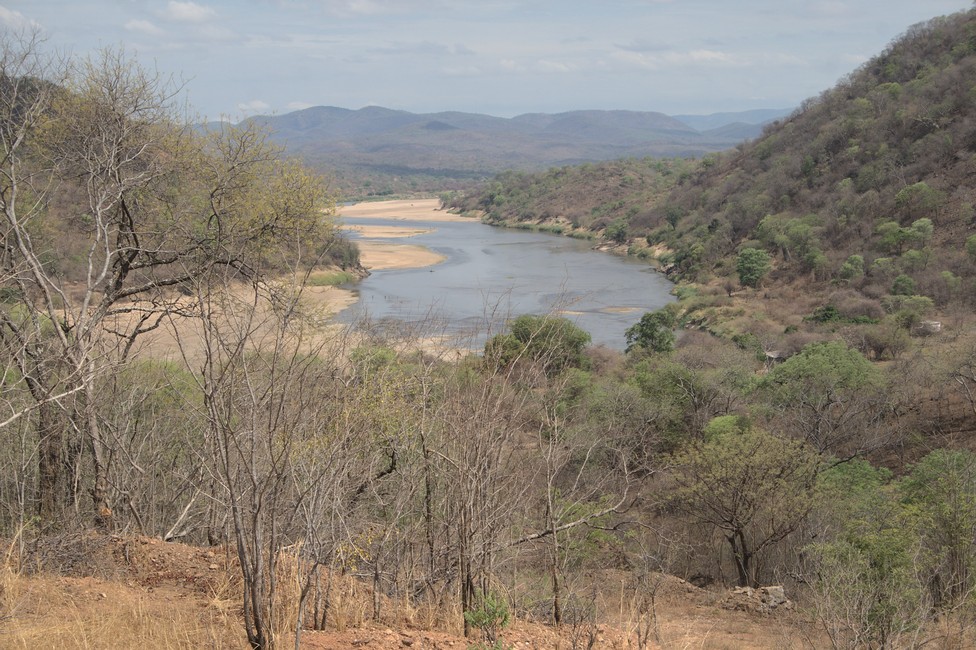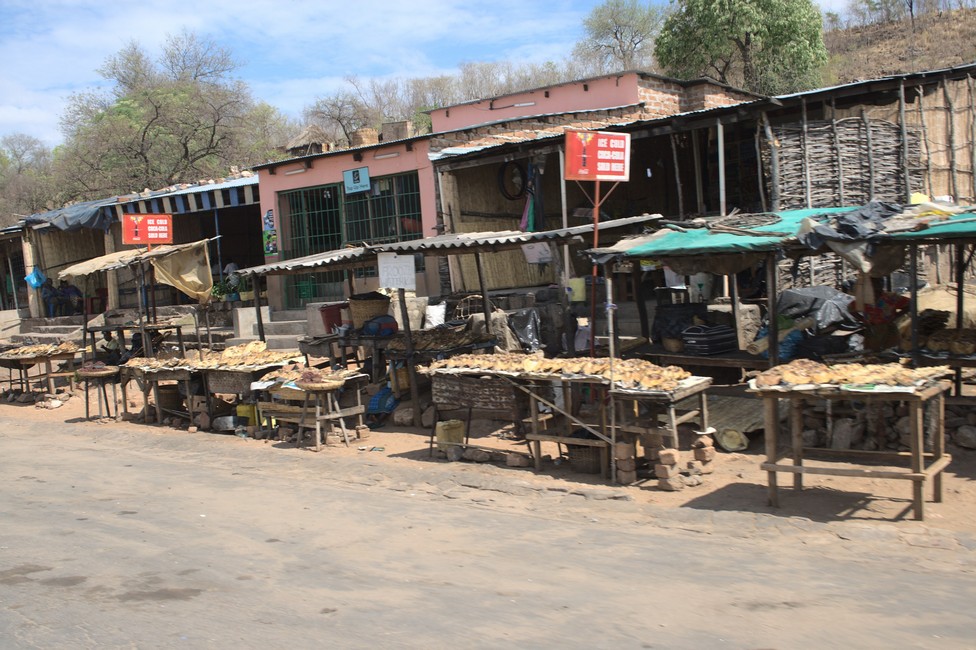After we left Petrified Forest Khorixas, we drive a little further to Twyfelfontein. A World Heritage Site by Unesco.
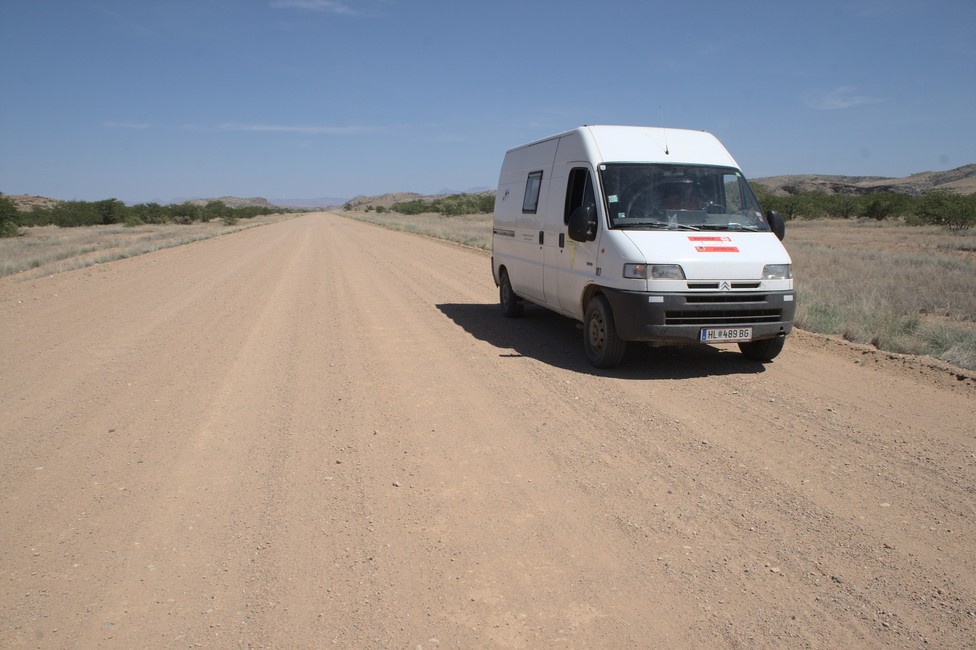
With a guide, we entered the site. The rock arena is ideally situated slightly increased between protecting hillsides and panoramic views across the savannah.
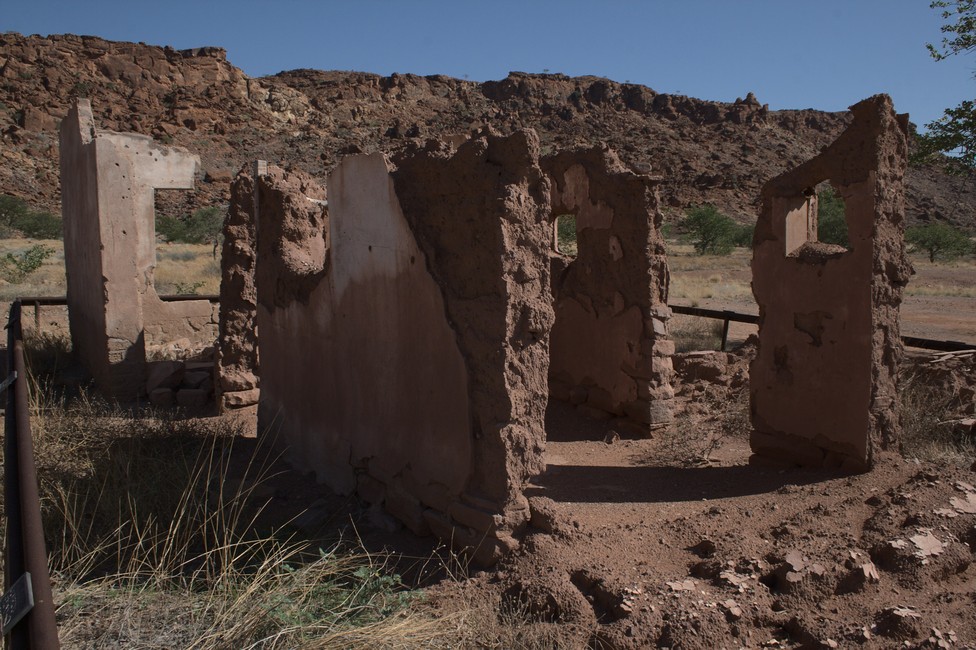
The farm house of the former owner. “Dubious Well,” called the farmer his land, because the well bubbles only irregular.
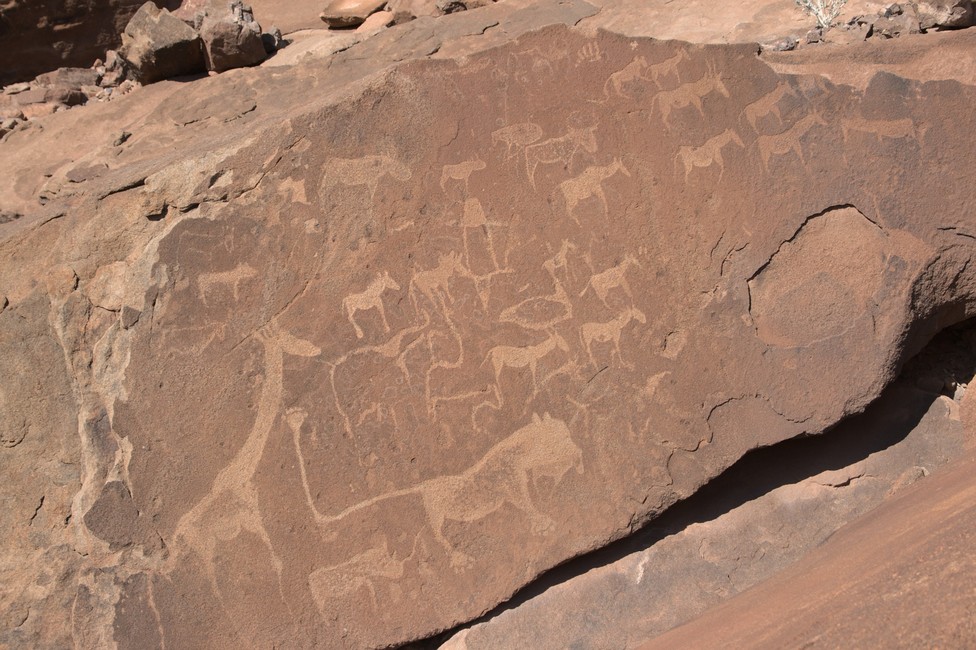
The tour around the area takes about an hour and early morning or late afternoon should be best because of the heat.
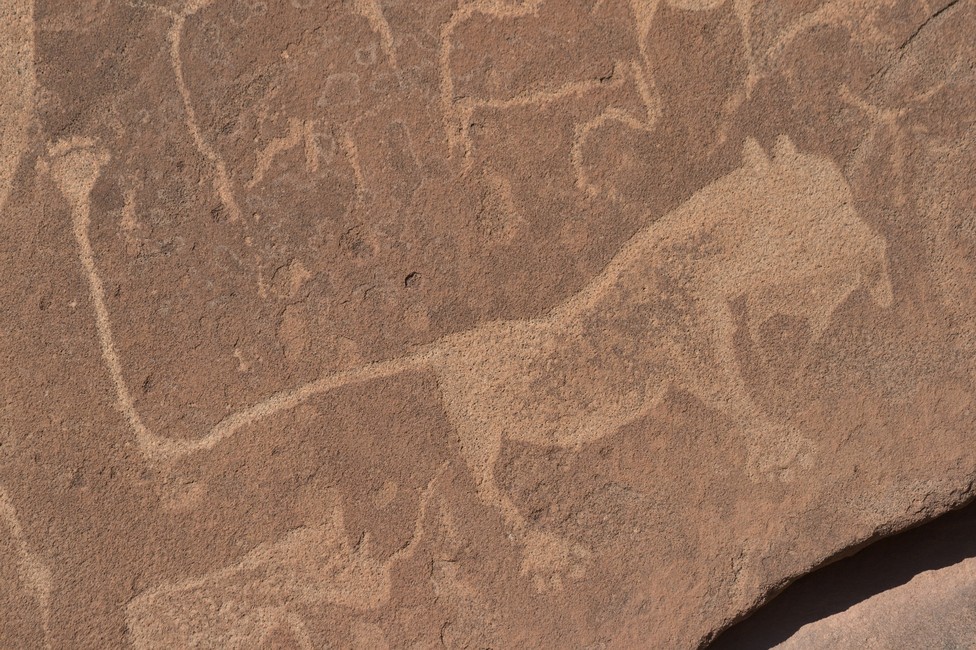
Whether the art that is carved into the rock is derived from the San or the Damara is not known. The San people, of whom one knows that they had 100 years ago rock carvings, showing human and animal figures , but today they have no relation to the rock art and their legends say that the images are made by gods.
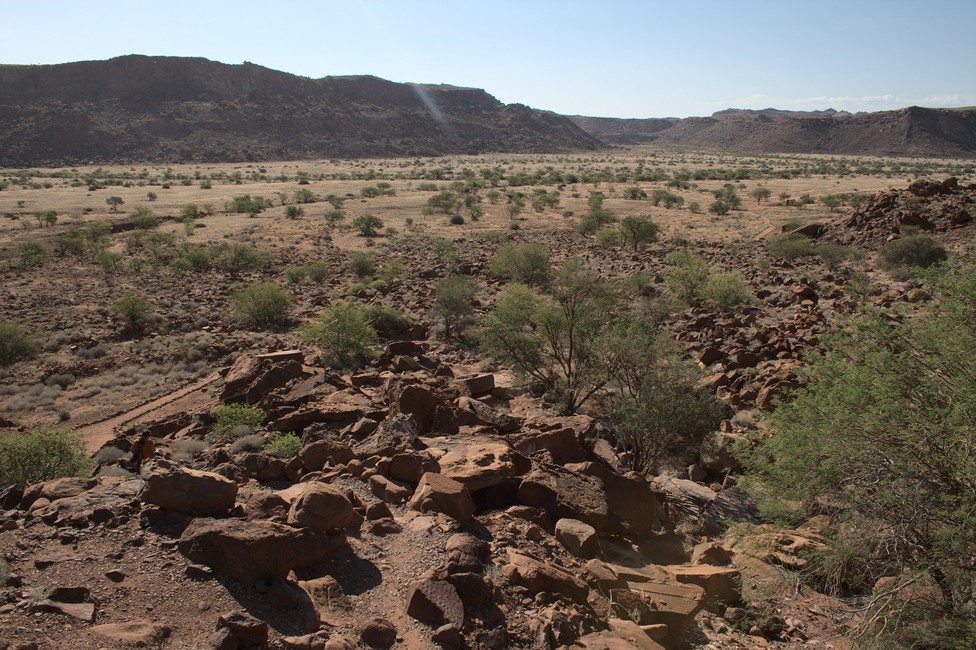
With quartz stones the engravings were carved into the sandstone. Under overhangs are actually even paintings. All kinds of animals such as lions, elephants, giraffes and rhinos are shown. In between abstract patterns.
About the motive of the representations, science knows nothing. It could be works of hunters in order to summon hunting success. A date is hardly feasible, because tools found here are from the Neolithic period, to associate the images to this period is impossible. The surface of the sandstone does not tell anything about about age, either because the environmental conditions are unpredictable here. Probably the images are between several thousand years and a few hundred years old.
We enjoy the tranquility of this mystic place in Twyfelfontein. and the beautiful landscape in which people left their works of art. But we need to continue and set up camp at the nearby campsite.
The campsite is on the dry riverbed of the Huab River, which only leads periodically water.

Occasionally elephants are sighted, we have no luck.
